Black Mirror: Bandersnatch - Interactive Video Explained
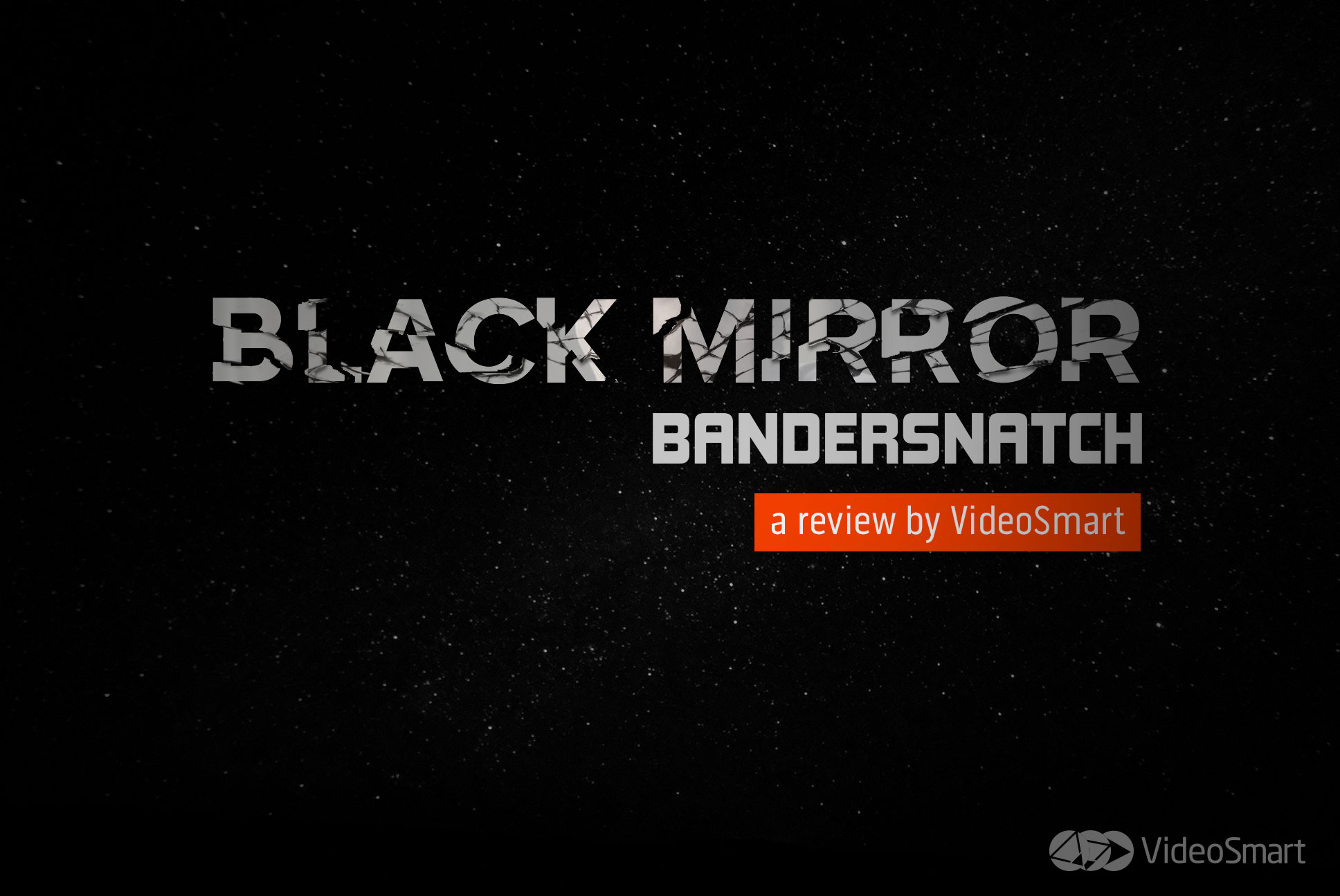
What Is Black Mirror?
So, this weekend after all the pies had been eaten and mulled wine drunk, I sat down to watch Black Mirror Bandersnatch, instead of going to the gym like I promised myself.
For those of you who don’t know, Black Mirror is a series of hour-long features that look at dystopian futures. Each episode portrays a new alternative reality that is totally unrelated to the previous episode. The series explores how technological enhancements may affect society.
These are often told through the story of an individual and almost always have a dark and tragic twist. In summary, they are awesome dark sci-fi shorts (4 seasons to get through) and worth a watch.
Netflix bought the series from Channel 4 way back when and to be honest have taken them up a notch. Since then, they’ve looked to enhance them further using an emerging technology: interactive video.
This is something our whole office had a vested interest in watching, given interactive video is a key offering of ours.

As you can see from the image above, I have watched them all.
What Is Interactive Video?
Interactive video is video content that the user can engage with. There are a number of different forms of interactive video.
The most common form we see at the moment is interactivity used by social media channels, such as Facebook & Instagram, which allows users to like or leave comments during a live video .
However, another form of interactive video is branching and this is what Netflix focuses on. Branching is when the viewer is offered a choice, “yes” or “no”, “left” or “right” and depending on their choice the video narrative changes. This can cause the video to ‘branch’ off in different directions.
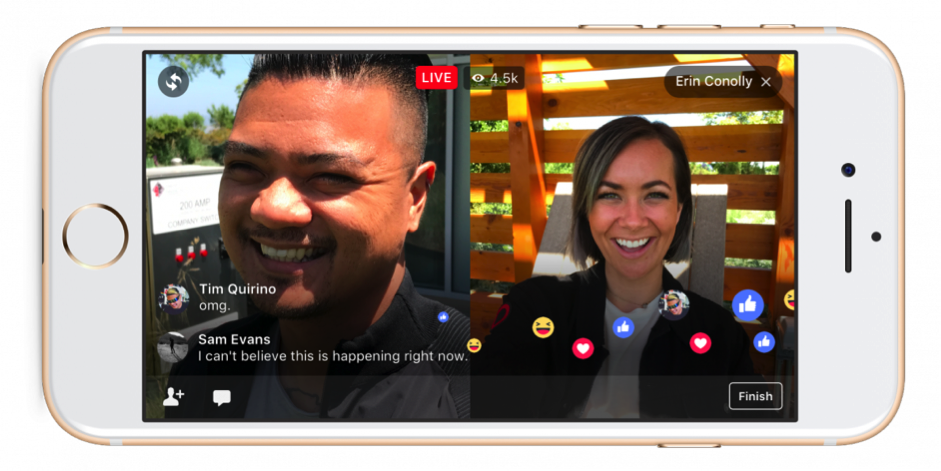
What Is Bandersnatch All About And How Does It Use Branching?
Bandersnatch is about a 19-year-old computer programmer who starts to work on a game concept. He bases the idea on a ‘choose your own adventure book’ his mother read.
The game in turn is story based and he intends to offer the gamer a series of choices that affect what happens to the protagonist of the game. In turn, the choice you make as the viewer affects not only how the game develops, but also determines what happens to the main character creating the game itself. Trippy, right?
The reality of the film (and in keeping with the Black Mirror spirit) is that regardless of what you choose, things don’t end up playing out too well for our 19-year-old computer programmer whizz kid.
In fact, there are only varying degrees of bad outcomes. The worst being, pretty damn awful indeed!

Our Verdict On The Technology
We could probably tell you quite a bit about how they are using one of the latest versions of video format to achieve such beautifully seamless streaming between scenes following user’s selections, but that probably wouldn’t be fair ….. or interesting to you.
So, for now let’s focus on the two ways they implement branching:
A or B
The technology is very simple as you are only ever offered a decision of A or B at one time.
The buttons appear basic - a black bar appears at the bottom of the screen over the top of the video and then a white line shrinks inwards towards the center indicating how long you have to make your decision.
Any more choice would probably make this less entertaining and more stressful, so for now we think this was a wise choice from Netflix.
Having said that, being forced to make a decision in approximately 5 seconds can affect your viewing experience, especially on a Sunday evening when you’ve just gorged on a roast and are feeling lethargic.
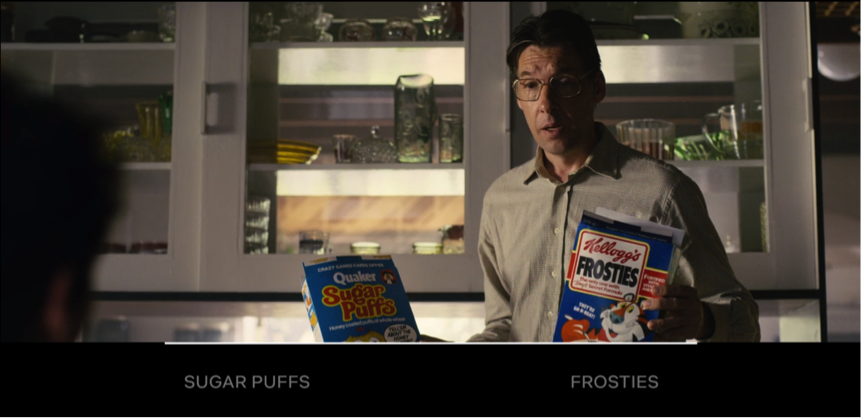
Again, we get why Netflix has done this. If you were left longer to choose, they’d have to fill more time in within the scene and that can take away from the pacing of the film. Equally the pressure of having to make a quick decision adds to the intensity of the spiraling drama unfolding before you. It helps draw you in further as you become part of the narrative.
What I liked in particular was how seemingly unimportant decisions at the beginning of the film end up featuring much further down the line.
Looping
One thing that features is the idea of looping or rewinding.
The rewinding is simple; at any point through the film you can flick back to the branches and remake your choice. It can be a bit jarring, but ultimately it is the rewind function. Additionally, you’ll notice the play bar/ progress bar has disappeared.
As far as looping goes, this is done quite well. When you make a choice and the consequences of that choice have played out in full, the film allows you to circle back and play out the alternative.
What’s more, instead of presenting you with the same content twice, it fast forwards through any parts you have already seen. This is down not to technology, but rather brilliant editing.It is really effective given the context of the films concept. It is all about how decisions cause alternative realities to play out.
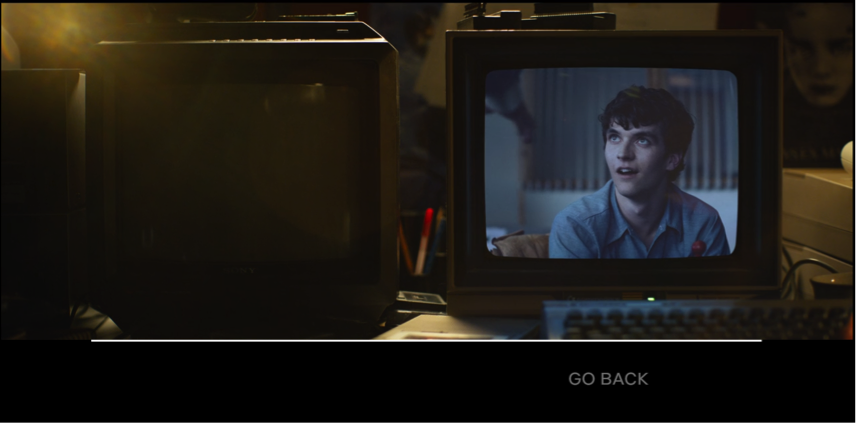
Verdict On The Film
It was good. I wasn’t a huge fan of the main character. I also didn’t think the casting of Asim Chaudhry from the hit BBC show ‘People just do nothing’ worked that well. I love Asim Chaudhry as Chabuddy G, AKA the brown Casanova, AKA the mayor of Hounslow, so I cannot see him playing any other character… ever.
The storylines are good. There is even a comic story line slipped in if you are committed enough to find it. The filming of it is very clever. The director and team account for every scenario and the editing helps to stitch it all together seamlessly.
This cinematic experience isn’t for everyone and would not be appropriate for every occasion. With 6 friends round, no doubt we would end up arguing about which option to pick.
Nonetheless, I am sure that this format will continue to grow and it is perfect for Netflix given how people consume their content vs traditional movies shown on big screens to large audiences. All in all, it’s definitely worth a watch.
How Can I Watch It?
You need a Netflix account (or a friends’ Netflix account). If you have that, you can watch it on any of the below devices:
1. Smart TV
2. Game Console
3. Tablet
4. Laptop
5. Mobile
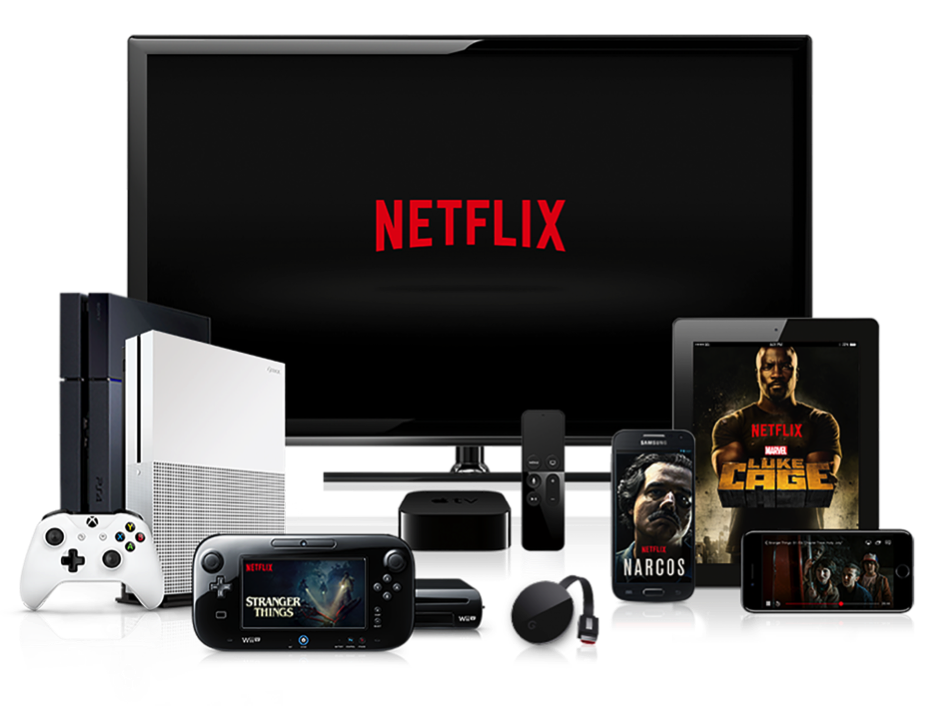
Conclusion
The concept of the film is built around the notion of choice and the consequences of those choices, so interactive video content lends itself very well to this notion.
All in all, a great first crack at interactivity.



